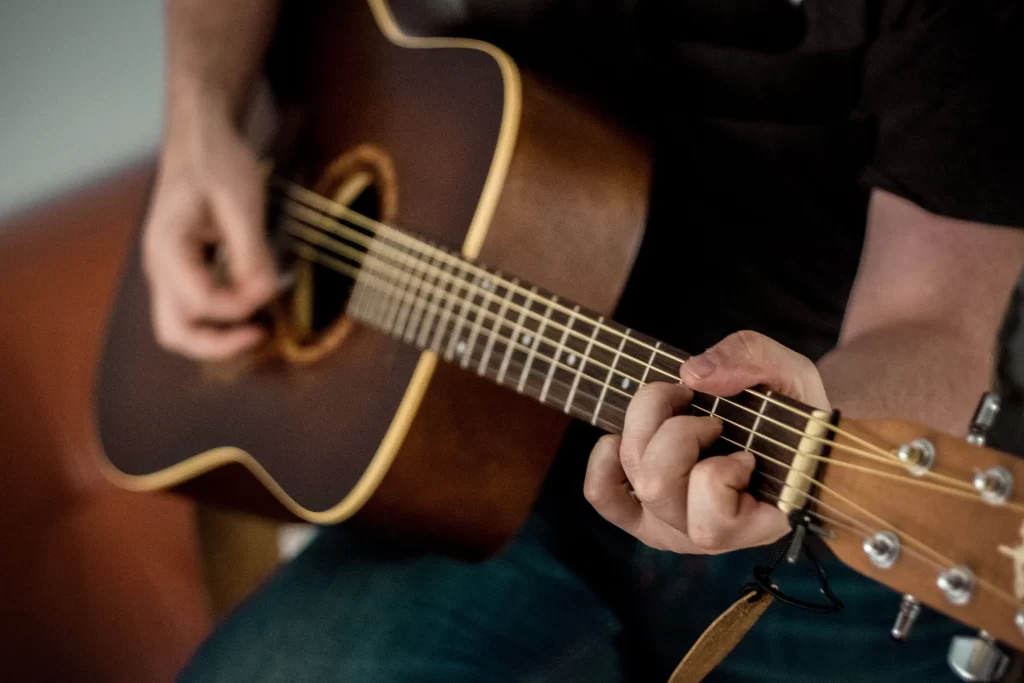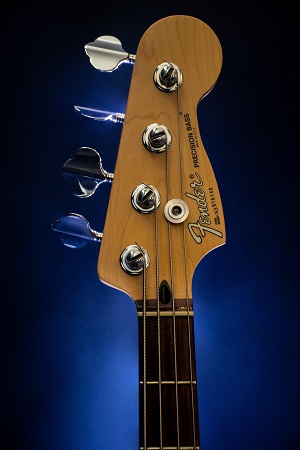Guitar Maintenance Basics: Everything Every guitarist Should Know
Probably, this is the one you like gambling on your guitar, and you spent a lot of money on it. It can be heartbreaking to pick it up one day and find it damaged or not looking right. Knowing the basic principles of guitar maintenance can help you keep your instrument in tip-top condition if you play demanding guitars that may be subject to wear and tear due to weather. If you provide your favorite appliances with the correct maintenance and care, they will last you for decades.
Reasons to Know the Basics of Guitar Maintenance

The number of guitarists who spend hundreds or thousands of dollars on their instruments before adequately preserving them is shocking. Like cars, guitars benefit greatly from occasional care. It’s essential to pay attention to minor problems before they get out of control. Naturally, hiring a qualified local technician or luthier is a doable solution; however, if you know a little about proper guitar care, you can avoid or treat many problems.
Maintain adequate humidity and temperature.
The two most important factors that affect the overall performance of your guitar are temperature and humidity. Since wood accounts for a large part of the guitar’s construction, environmental adjustments affect it significantly.
Elevated temperatures and humidity levels can additionally cause swelling in the guitar’s body, resulting in the wood warping and string movement adjusting. Additionally, the neck may also bend, and rusting of the metal elements may also be noticeable. Excessively humid conditions will affect the guitar’s tone, as wet wood produces a duller sound.
On the other hand, the guitar does not perform well in dry, cold environments. This can cause the wood to shrink, potentially causing splitting and cracking. This can be much more complicated to resolve than dealing with excess moisture. Repairing guitar cracks can be expensive.
The humidity level in a guitar should be between forty-five and fifty-five per cent. You can maintain the ideal humidity level with the use of a dehumidifier or humidifier.
From a temperature point of view, the room temperature remains good. Prevent large temperature fluctuations by not leaving your device inside the vehicle!
Remove dust from your guitar.
Keeping your instrument in good working condition is an essential form of guitar care. Every guitar, whether a custom-made model or not, should be cleaned daily. The natural oils in your skin, along with elements like sweat and dead skin cells, can affect the look and sound of your guitar. It is essential to keep your device running smoothly; place a dry, lint-free towel on your guitar case to clean it quickly and easily before and after overall performance.
There are a variety of specialist guitar cleaning products available on the market that can be used to clean guitars from scratch. Verify the cleaner’s compatibility with your tools and finish by reading the label. If the head of your guitar has been damaged due to using the wrong cleaning solution, you should consult a professional.
Prepare the fingerboard.
Incomplete fingerboards are not uncommon. The best defense against excessively dry fingerboards is regular software designed with the guitar in mind. In addition to moisturizing the wood, a great conditioner will help polish the wood and remove dirt and grime. Ensure the cleanser you use is silicone-free and explicitly designed for your type of fingerboard. If you notice any exposed or sharp frets on your fingerboard or cracks, visit a professional.
Rearranging your guitar
It’s surprising how many guitar players must learn how to fret a guitar effectively. This regularly impacts several issues, including string breakage, risky singing, and poor intonation. Your method of restringing your guitar will depend on the type of guitar (and bridge) you are using. If you need help tuning your particular guitar or find that it is constantly going out of tune and you’re breaking strings, make sure you take care of yourself and get it checked by someone with more expertise. Consult the person.
Check neck alignment
Checking and correcting neck alignment can be intimidating for both professional and novice guitarists. It’s a good idea to get a second opinion from a local professional, and they may be thrilled to help you. Do you need help determining whether the neck of your guitar should be aligned? If you hear a variety of buzzing between the primary and seventh frets or the tempo is too high, it is time for alignment.
Solve problems with nuts, bridges and truss rods.
One area of guitar safety often overlooked is checking the nut, bridge and truss rod for issues. Unless they have attended a path on guitar maintenance, the regular guitarist will need to seek out expert help for this. Most guitar players should be able to identify these types of problems individually; however, with some prior understanding, they will be able to solve them. Using the wrong tools is not worth the risk, as it can cause damage that cannot be repaired.
FAQs Regarding Basic Guitar Maintenance
- Why is it important to learn guitar renovation? Properly maintaining your guitar ensures its durability and performance by preventing minor defects from turning into significant failures.
- How do humidity and temperature affect the guitar? Severe weather can cause steel components to rust, swell, and wood to warp and deform. It’s critical to avoid extreme temperatures and to have humidity levels between 45% and 55%.
- How should my guitar be maintained? It is important to clean frequently. Wipe sweat, dead pores, skin cells and oil from the surface of your device with a dry, lint-free towel. It is advisable to apply unique guitar cleaning solutions; however, make sure they are suitable for your instrument.
- Why should the fingerboard be positioned? While polishing the frets, conditioning moisturizes and cleans the fingerboard. Use a non-silicone product made specifically for guitars. If there are any apparent or sharp or loose fractures, seek expert help.
- How important is proper restringing? Tuning stability, string survival, and intonation are all affected by restringing. For recommendations, study and talk to more experienced gamers, especially if you frequently destroy strings or have tuning issues.
- How can I make sure my neck is in a straight line? High pitch or buzzing between the primary and seventh frets indicates possible problems in neck alignment. Get expert help or recommendations from regional professionals.
- What problems can arise from the truss rod, bridge and nut? There may be problems with the nut, bridge, and truss rod that compromise playability. While it is possible to detect problems, resolving them may require expert assistance or prior understanding to prevent additional damage.
Visit “MusicalsInstruments.com”
